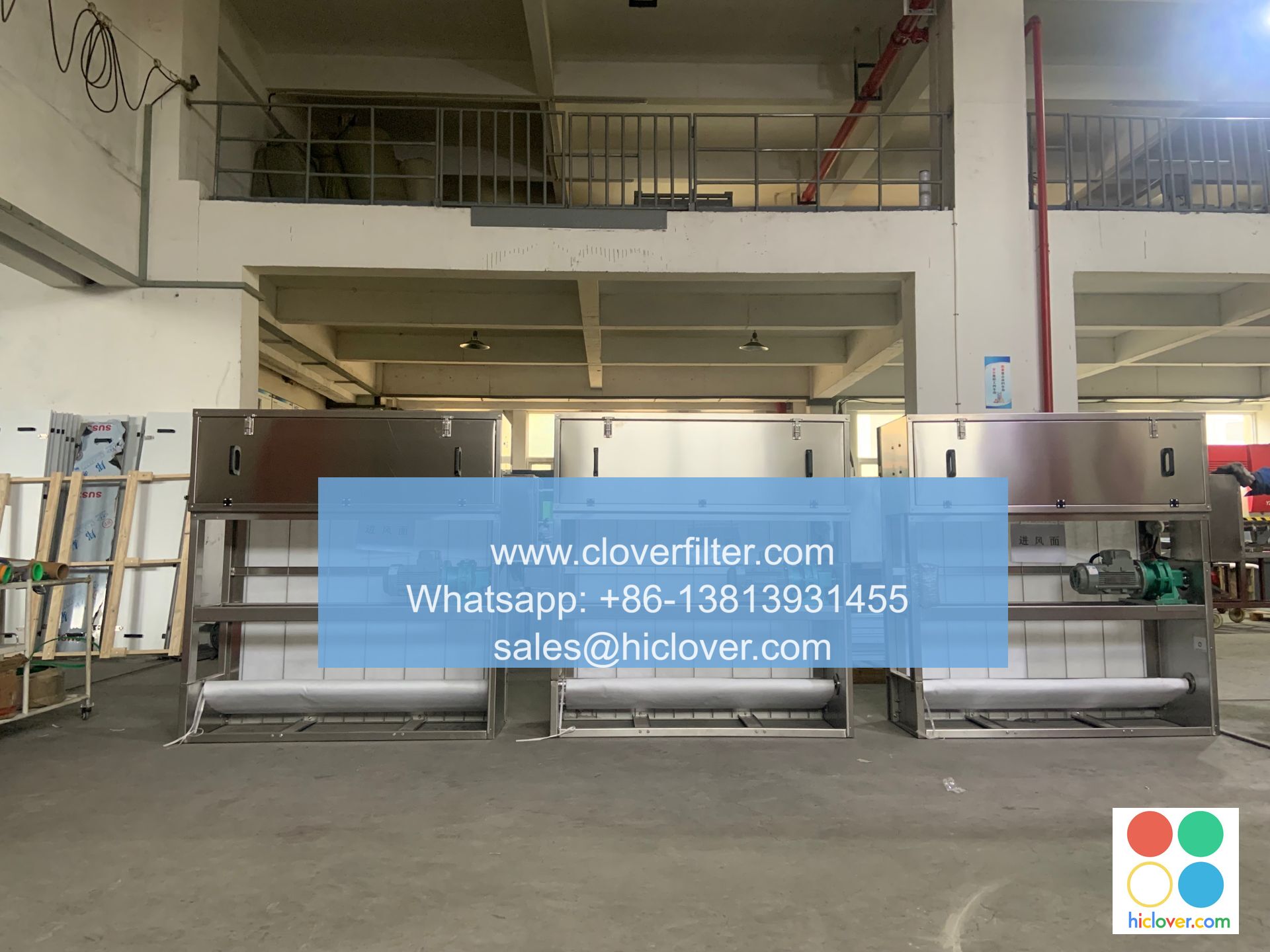How to Choose the Right Air Filter for Schools

As schools prioritize the health and well-being of their students and staff, selecting the right air filter has become a crucial decision. With various options available, it’s essential to understand the key factors to consider when choosing an air filter for schools. In this article, we’ll delve into the world of indoor air quality (IAQ), air purification systems, and HEPA filtration to help you make an informed decision.
Understanding the Importance of Air Filtration in Schools
Schools are prone to indoor air pollution due to the presence of mold, dust, pet dander, and volatile organic compounds (VOCs). These pollutants can exacerbate respiratory issues such as asthma and allergies, reducing student performance and overall health. By installing an effective air filtration system, schools can significantly improve IAQ, creating a healthier environment for students and staff.
Key Considerations for Choosing the Right Air Filter
When selecting an air filter for schools, consider the following factors:
* Filtration efficiency: Look for filters with a high Minimum Efficiency Reporting Value (MERV) rating, which measures the filter’s ability to capture particles.
* Filter type: HEPA filters are highly effective in capturing 99.97% of particles as small as 0.3 microns, making them an excellent choice for schools.
* Airflow rate: Ensure the filter can handle the airflow requirements of the school’s HVAC system.
* Maintenance and replacement: Choose a filter with a long lifespan and easy maintenance requirements to minimize downtime and costs.
Application Areas for Air Filtration in Schools
Air filtration systems can be applied in various areas of a school, including:
* Classrooms: Where students spend most of their time, making it essential to provide a healthy learning environment.
* Office spaces: Where staff work and need a comfortable, pollutant-free space.
* Gymnasiums and auditoriums: Where large numbers of people gather, and air quality can be compromised.
* Cafeterias and kitchens: Where cooking fumes and grease particles can affect IAQ.
Additional Features to Consider
Some air filters come with additional features that can enhance their performance and benefits. These include:
* Activated carbon filtration: Which can help remove odors and VOCs.
* UV light technology: Which can help kill bacteria and viruses.
* Smart sensors: Which can monitor air quality and provide real-time feedback.
Conclusion
Choosing the right air filter for schools requires careful consideration of various factors, including filtration efficiency, filter type, and application area. By selecting a high-quality air filter and maintaining it properly, schools can significantly improve IAQ, reducing the risk of respiratory issues and creating a healthier environment for students and staff. Remember to consider additional features such as activated carbon filtration and UV light technology to enhance the performance and benefits of your air filter. You haven’t asked a question or provided a prompt for me to respond to. Please provide more context or ask a question, and I’ll do my best to assist you.

